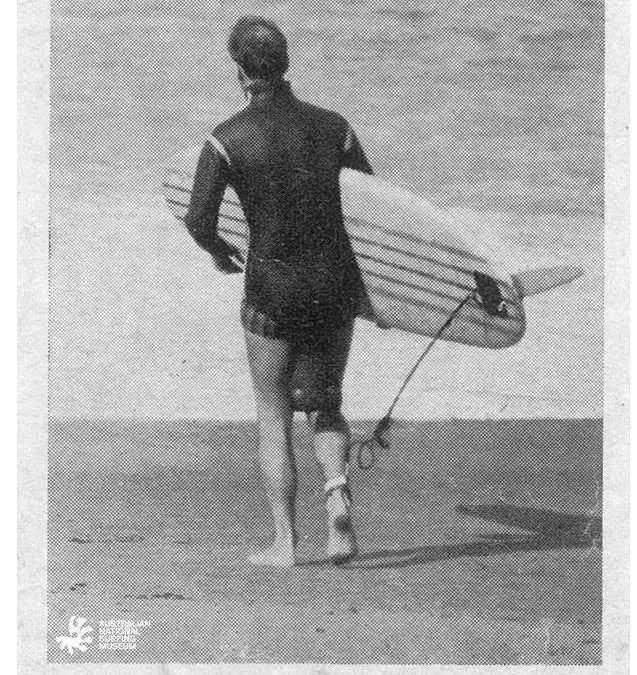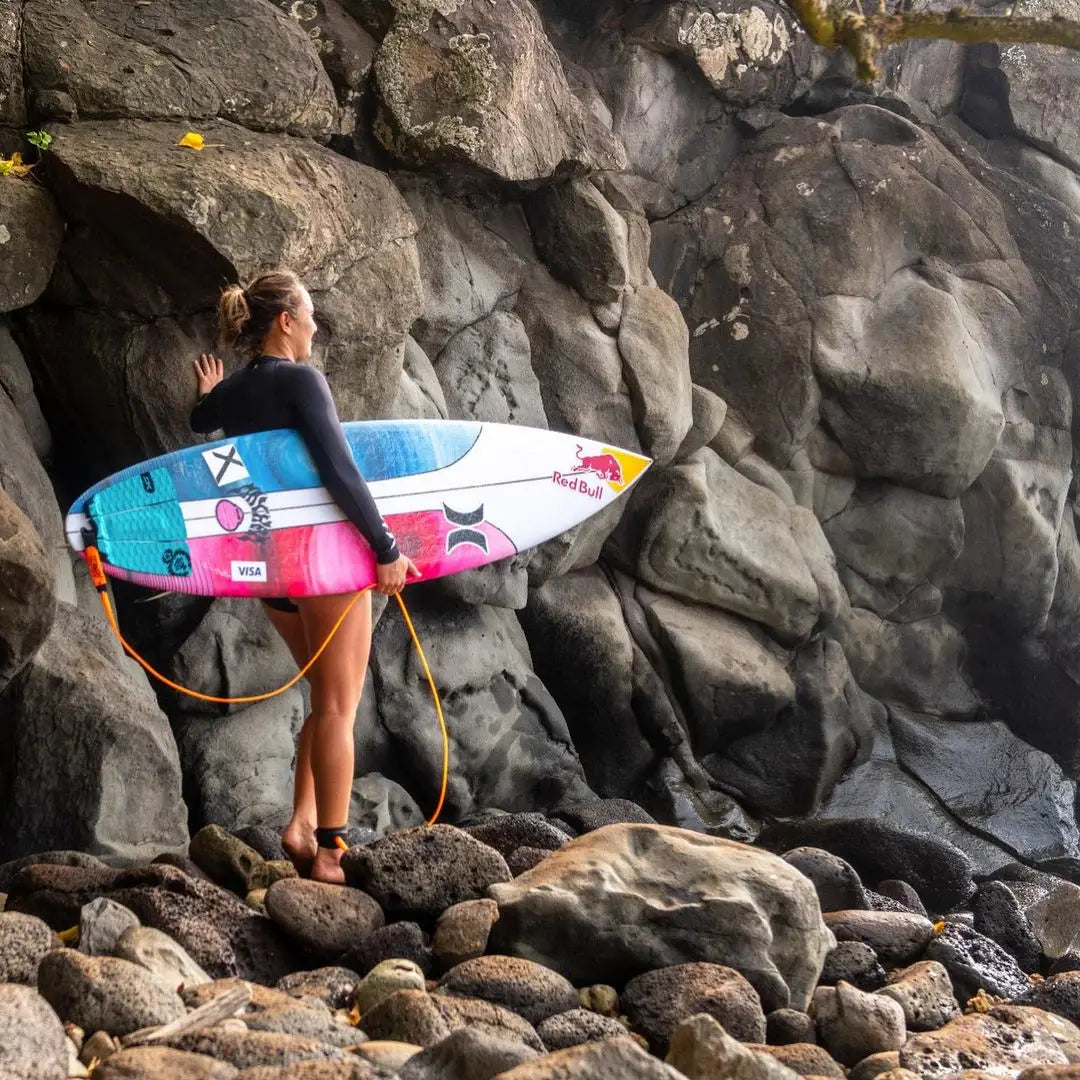The History of the Surf Leash
Share
The History of the Surf Leash

Photo Credit to AUSTRALIAN NATIONAL SURFING MUSEUM
Today, surfboard leashes (or “leg ropes,” in the Aussie vernacular) are a ubiquitous part of the surf experience. But this hasn’t always been the case. In fact, prior to the early 1970s, the concept of a safety net for surfboards didn’t even exist.
It was Pat O’Neill, son of famed wetsuit inventor Jack O’Neill, who is credited with creating the first leash—a piece of surgical tubing tied around his wrist, and attached to the board with a suction cup.
Pat took his leash public at the 1971 Malibu Invitational, and was laughed out of the water by his competitors, who called his leash a “kook cord.” Many people believed that chasing your board was an integral part of the surf experience, and that the ability to swim to shore after a wipeout demonstrated one’s ability as a waterman.
There were also reservations about the dangers of being attached to a heavy piece of fiberglass. In fact, Pat’s legendary father Jack actually had one of his early leashes snap and whip back into his face, blinding him in one eye and resulting in the legendary eye patch that is now part of the O’Neill legend.
However, it was ultimately acknowledged that the leash was driving progression, not hindering it, as surfers were able to push their limits and go for bigger maneuvers without risking a lengthy swim—and catch many more waves per session as well.
While it took a while for the leash to become accepted by the surf community at large, enterprising businessmen were not afraid to explore its potential. When the first commercial leash hit the market in the mid-1970s, it had been tweaked to include bungee cord in place of surgical tubing, an attachment for the leg rather than the wrist, and connection to the board through a hole in the fin.
Improvements continued to be made, with ankle straps being added, and fiberglass leash string bridges added to surfboard decks. In 1977, the first urethane leash was patented, laying the foundation for today’s modern leash. In 1979, David Hattrick’s latest iteration and patent won the Australian Design Award, and production companies introduced Velcro to the ankle straps. Then rail savers were added to protect surfboards from damage, and leash plugs became a standard addition to boards.
Since that point, the basic design has essentially remained the same. Leashes have continued to be improved in regards to strength, lightness, and recoil, but in most respects we now use the same types of leashes that were used at the beginning of the 1980s—in much the same way that the basic structure of the modern surfboard hasn’t changed in the past 40 years.
The “ride everything” movement of the early 2000s saw a return to the retro designs of decades past, and in many communities it became popular to surf once again without leashes. There is a level of “freedom” that is felt when surfing leashless—particularly when walking the nose during traditional longboarding—and surfing unprotected in this way also forces the surfer to complete maneuvers and waves, or pay the price by swimming after his board. Some big wave surfers also opt to go without a leash, especially in XXL beach breaks such as Puerto Escondido, where a leash is more likely to result in a broken board.
But leashless surfing is very much a subculture enjoyed by expert level surfers, and is not really practical for the entry level or even intermediate surfer. Today’s leashes range from ultra-thin competition leashes to standard six- and seven-foot “medium wave” leashes, to ultra thick cords between 10 and 20 feet long made specifically for big waves.
But no matter what size leg rope you are using, one thing is certain: The leash remains one of the most influential and progression-driving inventions in surfing history.

